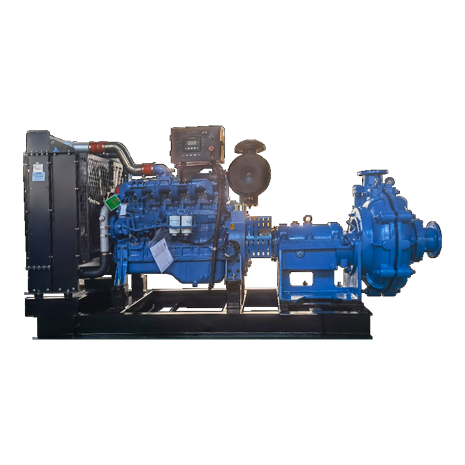Slurry pumps are industrial equipment specially designed to transport high-concentration fluids containing solid particles. Their core function is to handle abrasive, corrosive, or high-density materials, making them essential across multiple industries: In mining, they transport ore slurry, tailings, and mine drainage. About 80% of operations in mineral processing plants involve slurry pumps to move crushed and ground ore mixtures. In power plants, they’re nicknamed “ash pumps” for removing coal combustion residues. These pumps mix ash with water in hydraulic ash handling systems for transportation to disposal sites. Coal washing and chemical industries use them to process coal slurry and heavy-media mixtures, or to transport crystallized/corrosive fluids (like acidic slurries in phosphate fertilizer production). In metallurgy and construction, they serve steel mill slag flushing systems, alumina plant material transfer, and aerated concrete slurry circulation. Built with wear-resistant materials (like high-chromium alloys), corrosion-resistant designs, and efficient hydraulic models, slurry pumps reliably operate under extreme conditions – high temperatures, intense pressure, and harsh chemical environments. This makes them indispensable “super transporters” in industrial production.
PUMP SPECS
| TYPE | FLOW(m3/h) | HEAD(m) | SPEED(rpm) | POWER(kw) | Max particle size(mm) |
| 50SP | 12~111 | 8~110 | 700~1480 | 18.5~90 | 13 |
| 65SP | 20~80 | 6~34 | 700~1480 | 11~15 | 19 |
| 80SP | 40~240 | 8.0~109 | 700~1480 | 37~160 | 21~24 |
| 100SP | 45~360 | 8~100 | 700~1480 | 45~160 | 18~35 |
| 150SP | 95~600 | 12~91 | 490~980 | 75~200 | 32~75 |
| 200SP | 200~900 | 13~133 | 490~980 | 185~560 | 54~62 |
| 250SP | 270~1570 | 13~128 | 400~980 | 280~800 | 69~76 |
| 300SP | 400~2300 | 9.7~80 | 300~980 | 250~630 | 85~96 |

